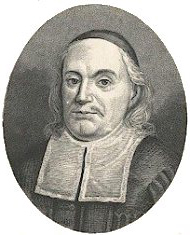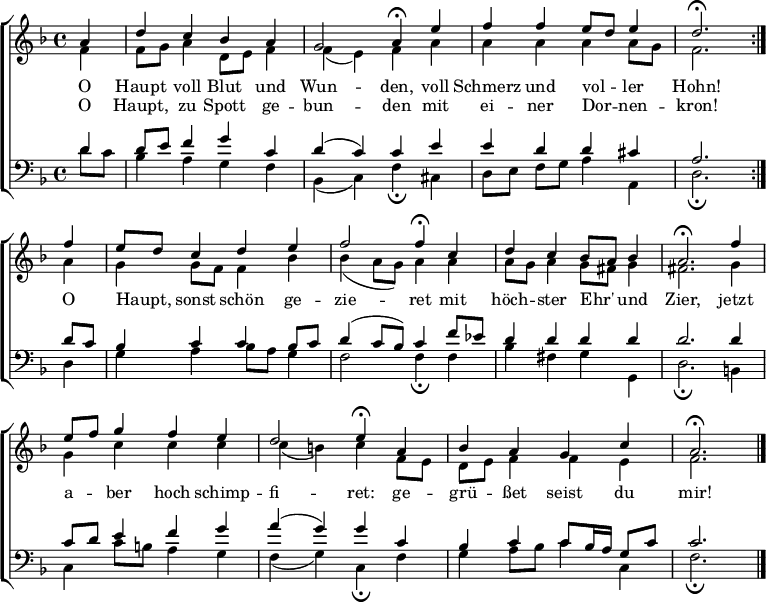English translation
The hymn was first translated into English in 1752 by John Gambold (1711–1771), an Anglican vicar in Oxfordshire. His translation begins, "O Head so full of bruises". In 1830 a new translation of the hymn was made by an American Presbyterian minister, James Waddel Alexander (1804–1859). Alexander's translation, beginning "O sacred head, now wounded", became one of the most widely used in 19th- and 20th-century hymnals.
Another English translation, based on the German, was made in 1861 by Sir Henry Williams Baker. Published in Hymns Ancient and Modern , it begins, "O sacred head surrounded by crown of piercing thorn".
Catherine Winkworth also translated the text and published it in her collection of German hymns, Lyra Germanica, giving it the title Ah wounded Head! Must Thou. [3]
In 1899 the English poet Robert Bridges (1844–1930) made a fresh translation from the original Latin, beginning "O sacred Head, sore wounded, defiled and put to scorn". This is the version used in the 1940 Hymnal (Episcopal), the 1982 Hymnal (Episcopal; stanzas 1–3 and 5), and the New English Hymnal (1986) and several other late 20th-century hymn books.
The English Hymnal (1906) has a translation attributed to "Y.H.", referring to Bridges' translations for the Yattendon Hymnal , of which he was the editor.
Karen Lynn Davidson (born 1943) wrote another English translation, titled "O savior, thou who wearest a crown", which is published in Hymns of The Church of Jesus Christ of Latter-day Saints . This is an edited version, including parts based on 2 Nephi from the Book of Mormon. [4]




